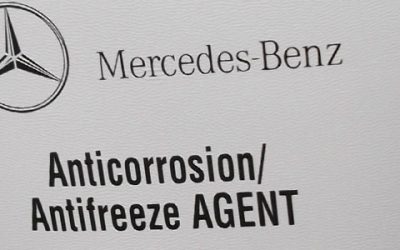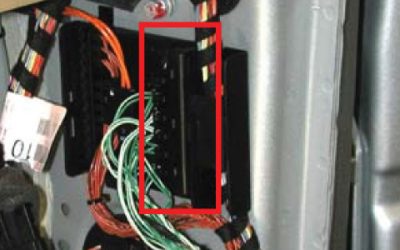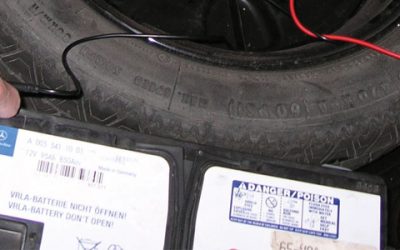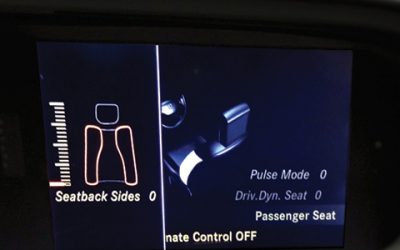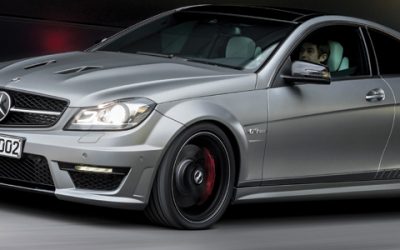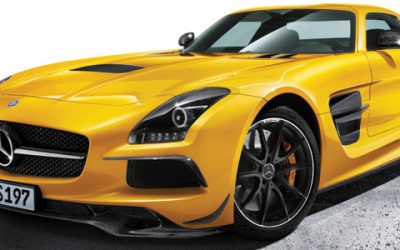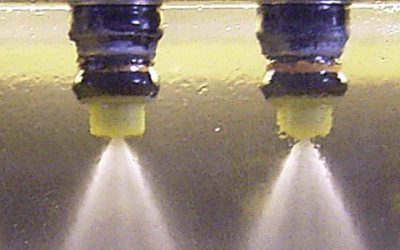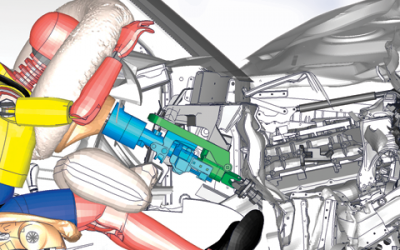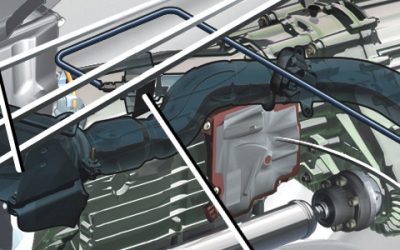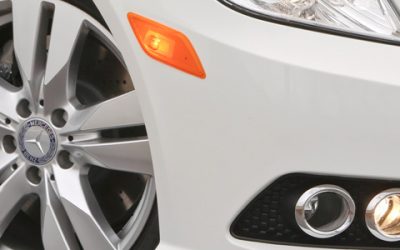There are many different antifreeze formulations out there in the wild and wooly real world, but for the Mercedes-Benz service specialist who cares about his customers there’s only one real choice.
The Bus Stops Here
Why CAN systems were adopted, High and Low, what a scan tool or scope can tell you, differentiating a bad module from a poor connection, and proper wiring/connector repairs.
First Things First: Baseline that Battery and Charging System
Much of your electrical and electronic testing will be meaningless if you don’t.
Diagnosing Power Seats
Though very durable and dependable, after long use Mercedes-Benz power seats can develop problems. Here’s how to approach them.
HFO-1234yf Rejection Continues Safety Leadership
Due to the new findings of this study and the high safety demands at Mercedes-Benz, this chemical will not be used in its products,” the company states unequivocally.
Matte the Flat-tering Finish
Mercedes-Benz Magno Matte paints create a soft sheen instead of a mirror-like shine. The matte finish is popular because it is both beautiful and unique. Heads turn when a matte-finish car goes by!
Fuel Pump Longevity, Diagnosis, and Forecasting
The electric fuel pumps Mercedes-Benz vehicles have used for many decades have evolved and improved immensely. Given their continuous duty and the junk they often have to ingest, however, replacement is still a common job.
Blueprinting for Success
Sound planning is the key to efficient, complete and safe collision repair.
BlueTEC
Mercedes-Benz introduced the very first diesel-powered passenger car an amazing 77 years ago. While the company’s diesels have always been durable and easy to live with, today they also offer startling acceleration, incredible mpg, and amazingly quiet, low-emissions operation.
Hold the Road: Maintaining Traction
Traction Control isn’t just a matter of using ABS to throw torque from one side to the other. It’s an integrated system including ASR, BAS, ESP, and electronic throttle control, which all share data over a CAN. So, you’ve got to look at the big picture during diagnosis.
What is StarTuned?
StarTuned is a quarterly publication, available in print, first. To get the next printed issue, contact your local MB dealer and ask to be included on the mailing list. Or, order one through the publisher, Automotive Data Media.

